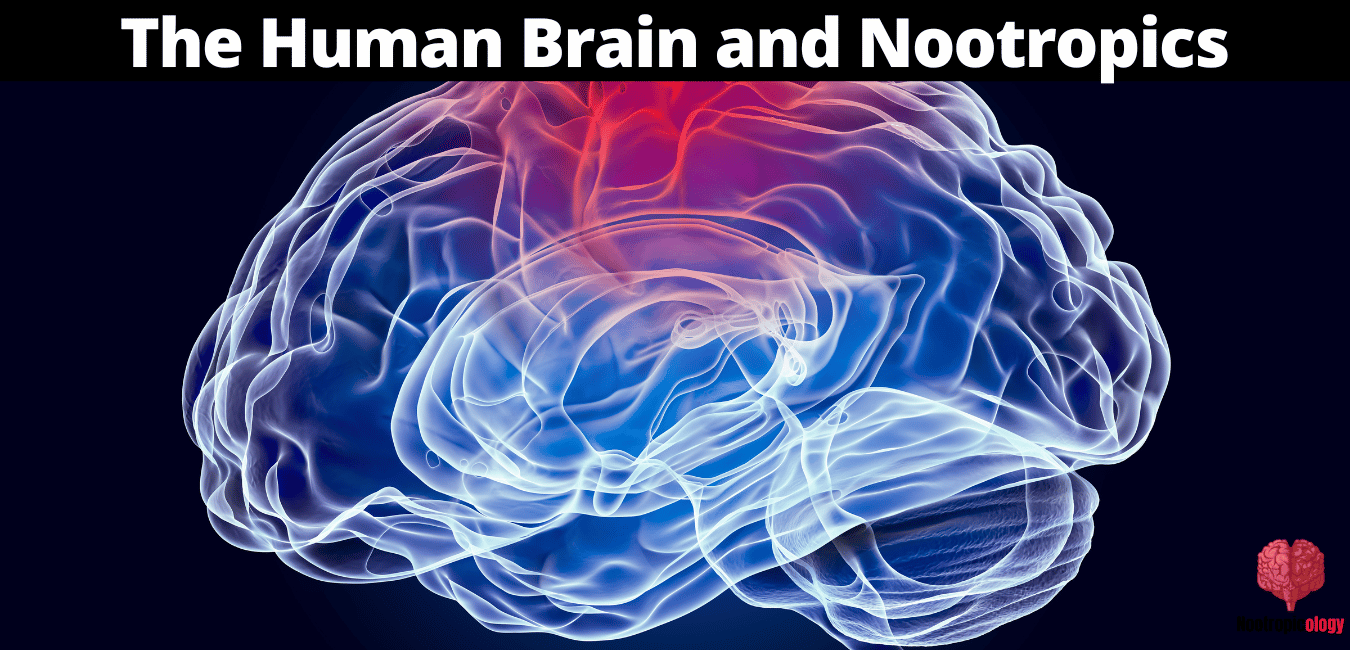
Oleamide is a naturally occurring chemical that has been studied for its neuroprotective and antidepressant effects.
It is also known as an endocannabinoid, which means it can bind to the same receptors in the brain that are targeted by marijuana.
Oleamide was discovered when scientists were doing research on oleic acid metabolism in rats.
They found that one of the metabolites they had created, called oleamide, had some interesting properties.
In this article, we're going to talk about what oleamide is, its effects on the brain and body.
We'll also look at some potential uses for this compound as a nootropic supplement. So without further ado, let's get started.
What is Oleamide?
Oleamide is a chemical that is derived from oleic acid.
It was first discovered in the blood of humans and animals as an endogenous compound, which means it occurs naturally within your body.
Oleamide works by binding to cannabinoid receptors CB1 and CB2, just like other cannabinoids such as tetrahydrocannabinol (THC) and THCV.
Oleamide is considered an endocannabinoid because it can produce effects similar to cannabinoids found in the cannabis plant, without causing any mind-altering or intoxicating effects at all.
It's metabolized by enzymes that are part of your body's innate immune system called fatty acid amide hydrolase (FAAH).
In addition to binding cannabinoid receptors in your brain, oleamide also binds serotonin and dopamine receptors.
This action has been found to help regulate other neurotransmitters, such as glutamate and GABA (gamma-aminobutyric acid).
Oleamide is able to bind all of these receptors because it has a similar structure to the endogenous cannabinoids that your body produces, called anandamide and arachidonoylethanolamine (AEA).
Oleamide's Effects on the Body and Brain

In a study looking at oleamide's effects on rats, scientists found that it increased their appetite.
They also saw an increase in locomotor behavior when they injected oleamide into rats' brains.
This is believed to be caused by its ability to bind to CB1-receptors in the hypothalamus, which is responsible for regulating locomotor behavior.
Oleamide also has neuroprotective effects.
It binds to adenosine A-type receptor sites and GABA C receptor sites both of which are known to be involved with mood regulation and stress response.
This helps protect your brain cells from damage, which is why it has been studied as a potential treatment for neurodegenerative diseases.
Oleamide also acts as an antidepressant in mice by binding to serotonin receptors and increasing the synthesis of serotonin.
It's currently being investigated for its therapeutic effects on human depression.
As you can see, oleamide has many interesting effects on the brain and body.
What is Oleamide Used For?
Oleamide has recently gained a lot of interest as a potential treatment for neurodegenerative diseases.
It has been studied in animal models of Alzheimer's Disease, Parkinson's Disease, and Huntington's disease to help protect brain cells from damage caused by these conditions.
Oleamide has also shown some promise as an antidepressant drug.
This is because it binds serotonin receptors and helps increase serotonin production in the brain.
It's also been shown to bind dopamine receptors, which may contribute to its antidepressant effects as well.
This is also why it has become popular among biohackers looking for a nootropic supplement to improve their mood and motivation.
Oleamide is often combined with choline sources like Alpha GPC or Citicoline because its neuroprotective effects depend on an adequate supply of acetylcholine in your brain.
Biohackers also experiment with stacking oleamide together with other supplements like L-theanine, ashwagandha, or curcumin to help improve their focus and mood.
Some people have also found that taking oleamide together with a low dose of THC can produce interesting effects as well.
The combination has been called "the Entourage effect", which refers to the idea that cannabinoids work better together than they do alone.
This is because oleamide helps increase the permeability of cannabinoid receptors in your blood-brain barrier, which allows THC to cross into your brain more easily.
What are the benefits?
As briefly mentioned above, the benefits of Oleamide, when used as a Nootropic, are:
- Protection of brain cells from damage
- Helps regulate neurotransmitters such as serotonin, dopamine, and GABA
- May act as an antidepressant in humans
- Helps regulate mood and behavior
The benefits of Oleamide are well-established in the scientific literature.
However, there are also some potential side effects of taking oleamide as a nootropic supplement.
Let's take a closer look at those below.
What are the side effects?
Oleamide has been shown to have some side effects in clinical trials.
Some of these include headaches, nausea, and vomiting, stomach aches or pain, dizziness, or drowsiness.
However, it's important to note that oleamide is still being studied for its therapeutic potentials so there could be more negative side effects yet to be discovered.
That being said, most people don't experience any side effects when taking oleamide as a nootropic supplement.
What's the optimal dosage?
In terms of dosage, most studies have used a dose of around 200mg to 800mg per day for oleamide's nootropic effects.
It's important to note that the optimal dosage of Oleamide in a nootropic stack will depend on your goals and how it affects you personally.
People react differently to supplements, so it might be best for you to start with a low dose and work yourself up from there if necessary.
What I like about Oleamide
I like Oleamide for a number of reasons.
First, I have personally experienced the antidepressant effects of oleamide firsthand and found it to be quite effective in helping regulate my mood when dealing with anxiety or depression.
Second, oleamide is very well-tolerated by most people who take it as a nootropic supplement.
This makes it easier to experiment with different dosages and find what works best for you, without worrying about negative side effects.
Finally, oleamide seems to work synergistically with other nootropics like Alpha GPC or L-theanine, which means you can stack it together with these supplements for enhanced cognitive effects.
What I don't like about Oleamide
However, there are also some potential side effects of taking oleamide as a nootropic supplement.
Some of these include headaches, nausea, and vomiting, stomach aches or pain, dizziness, or drowsiness.
It's also unclear how oleamide works in our body at the molecular level to produce its beneficial effects on brain health and neurotransmitter regulation.
There are anecdotal reports online that taking Oleamide can cause a "strange" feeling in your body.
Some people have also reported negative effects such as jitters or irritability, which can be quite unpleasant if you don't take the right dosage for your individual needs.
Personally, I have only experienced drowsiness which can be quite annoying if you need to be alert and focused on a task.
In Summary
Oleamide is a natural nootropic supplement that has been shown to have neuroprotective and antidepressant effects in clinical trials.
It also doesn't seem to cause negative side effects when taken at the right dosage for your needs.
Luckily, Oleamide is very well-tolerated by most people who take it as a nootropic supplement.
This makes it easier to experiment with different dosages and find what works best for you, without worrying about negative side effects.
However, there are also some potential side effects of taking oleamide as a nootropic supplement.
Some of these include headaches, nausea, and vomiting, stomach aches or pain, dizziness, or drowsiness.
source https://nootropicology.com/oleamide/

No comments:
Post a Comment